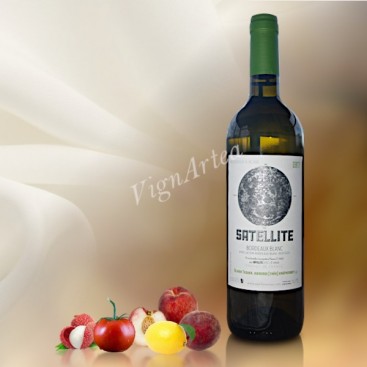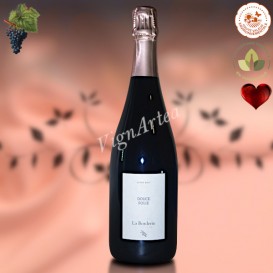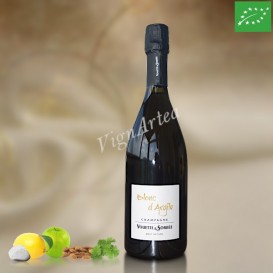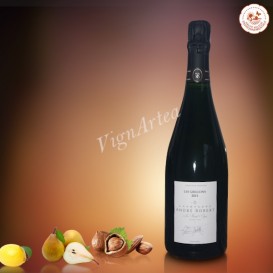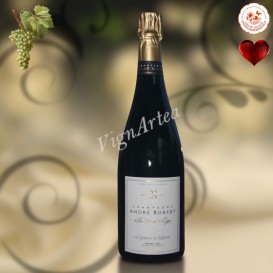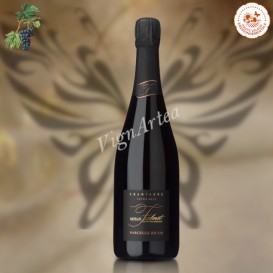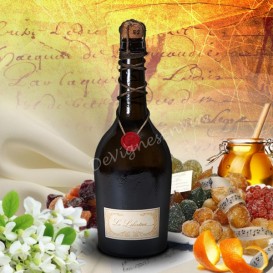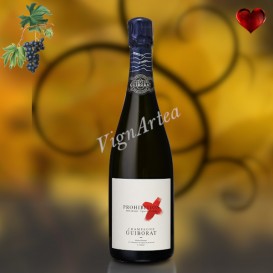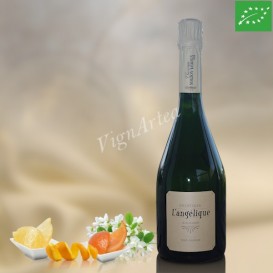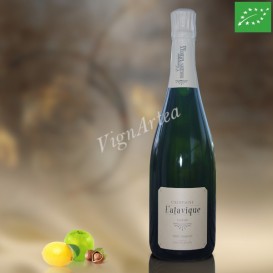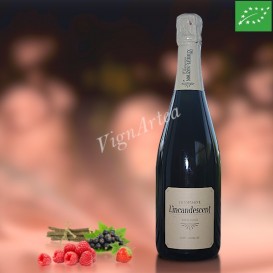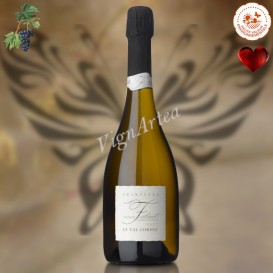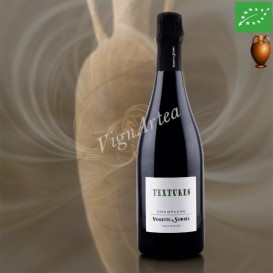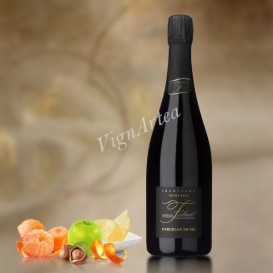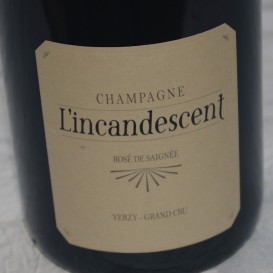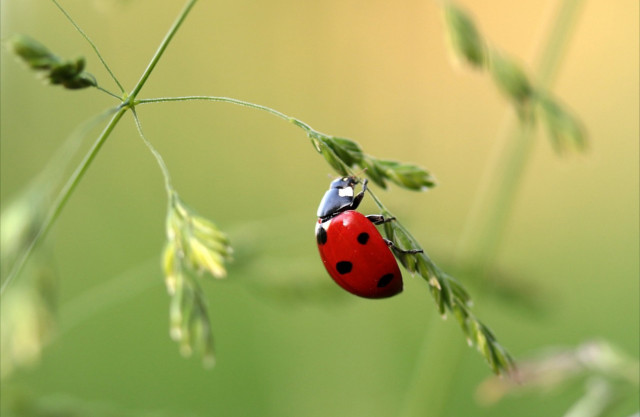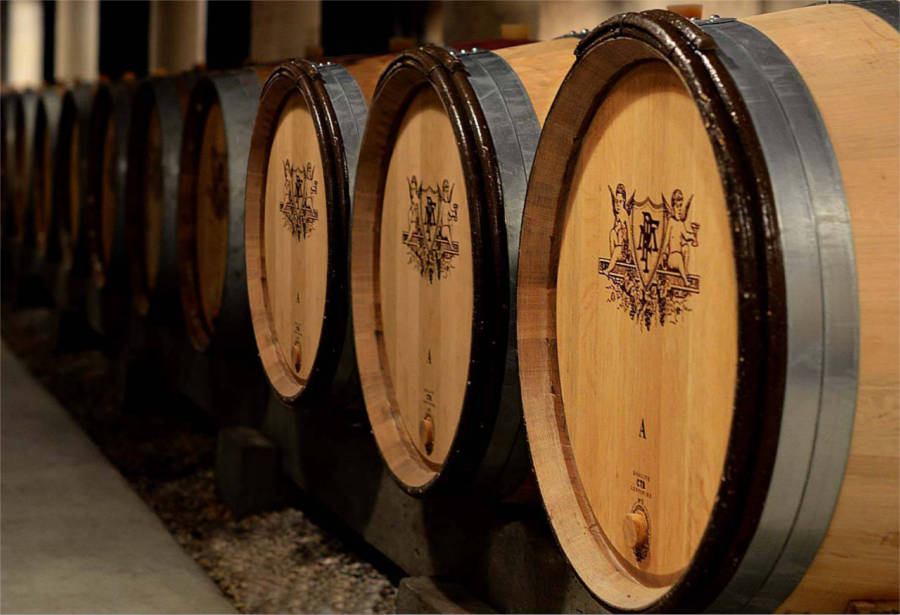SATELLITE BLANC 2017 (Satellite Wines - Olivier TECHER)
BORDEAUX - AOP BORDEAUX - Dry white wine
Ageing in tanks and oak barrels
After a first slightly toasted and very "sauvignonné" nose, where one easily recognizes the aromas of gooseberries and very ripe red tomato, the wine evolves towards notes of citrus, white peaches, and lychees. On the palate, the juice is fresh, lemony and tasty. A great success, a vintage more expressive than the 2016 and more "sauvignon-like" than the 2015.
(Tasting date : Jan. 2020)
Satellite is a negotiant wine, its vinification is carried out by Olivier Techer who is himself winemaker at château Gombaude-Guillot, in Pomerol.
TERROIR
The grapes come from the village of Mourens, in the Entre-Deux-Mers region, where the outcropping soils date from the Eocene, Oligocene, Miocene and Quaternary, thus representing a sedimentary deposits period lasting about 30 million years.
The oldest deposits date from the Lower Oligocene (-33 to -28 million years) when the sea covered the entire western part of the region : from 8 to 25 m thick, depending on the location, they are made up of molasses called Molasses de l'Agenais, and result from a predominantly clayey river-lake sedimentation formed at the rivers mouth.
The presence of a calcareous sedimentary layer, called Calcaires de Montbazillac (Montbazillac limestones), from 0.25 to 2 meters thick, testifies to a short period sea level rise creating lake formations at the origin of this limestone sedimentation. The deposits of Molasses de l'Agenais then resume until the end of the Upper Oligocene, 23 million years ago.
It is then that a new episode of marine transgression takes place (it is just at the Lower Miocene era beginning), Mourens and its immediate surroundings are drowned under a shallow depth water favorating the deposit of sandstone limestones and carbonate clays with fossil oyster debris : this layer is outcropping in different Mourens places.
WINEMAKING
Unlike the previous vintage, Satellite Blanc 2017 does not benefit from Organic Agriculture certification.
The estate supplying the grapes is only in its third year of conversion, which is why we have classified this vintage in the sustainable cultivation category, even if the grapes are already grown according to the principles of Organic Agriculture.
Harvesting is mechanical. The grapes are subjected to a cold pre-fermentation maceration before the alcoholic and malolactic fermentations that takes place in vats. The must is then aged for 9 months, including 6 months on its fine lees, 75% in concrete tanks and 25% in new oak barrels.
The wine is fined with organic egg white and filtered.
The final blend consists of :
- 55% Sauvignon
- 30% Muscadelle
- 15% Semillion.
SERVICE ADVISE
Open the bottle 1h before the service.
| Country | Bordeaux |
| Color | White |
| Orange wines | No |
| Clay amphorae wines | No |
| Type | Dry |
| Vintage | 2017 |
| Capacity | 75 cl |
| Variety | Sauvignon (55%), Muscadelle (30%), Sémillon (15%) |
| Alcohol rate | 12,5 % |
| Quality Designation | Bordeaux |
| Cellar Potential | 6 years |
| Service advise | 12°C (54°F). Decant 1/2h before serving. |
| Culture Methods | Sustainable cultivation method |
| Total SO2 | less than 50 mg |
| Fining | Yes |
| Filtering | Yes |
| Comments | Alcoholic and malolactic fermentations in stainless tank. Ageing for 9 months, including 6 months on fine lees, in stainless tank for 75% of the must and in new oak barrels for the 25% left. Fining with egg white and filtering. |

